Irvine to Lenexa Site Comparability Study – Dry Powder Media Manufacturing Process
SAFC has added a new Dry Powder Media (DPM) manufacturing facility to the existing Irvine, Scotland liquid media manufacturing site. The expansion of dry powder milling and blending capability to the facility completes a 5-year Capital Expansion Plan initiated as part of its long-term commitment to supporting customers in the growing industrial biopharmaceutical market. The purpose-built facility will produce animal component free (ACF) media and offer regional support to the European market along with manufacturing redundancy to its North American sister facility in Lenexa, Kansas.
Supplementary to the cGMP validation work, a Comparability Study (case study) was conducted to demonstrate site-to-site manufacturing comparability assessing media product for the following;
- Chemical composition
- Physical properties of milled powder
- Product performance.
The Comparability Study was performed to demonstrate the manufacturing processes and equipment used to produce cell culture media at the Irvine, Scotland (Irvine) site are comparable to those used to produce media product at the Lenexa, Kansas (Lenexa) site. The Irvine facility was designed and constructed with either identical or comparable equipment to the Lenexa facility. To minimize extraneous variability in the study, two media lots (Line 1 each Irvine and Lenexa) were evaluated using the following study conditions:
- Single product formulation
- Identical batch size
- Identical raw material lots
- Identical sampling and testing
- Testing performed using same laboratories
Study Results
Two media lots were manufactured (one at each site) and assessed for the measures as outlined above.
Chemical Composition
All samples were quantitatively analyzed for component recovery using a single test laboratory. The data was used to assess each lot for comparability against the theoretical formulation, site-to-site comparability, and homogeneity. The study included laboratory analysis of 28 media components of which 24 are discussed in this paper. Although two components are excluded from this data set due to co-elution and two are excluded due to a handling error, the analysis and conclusion remain valid. The complete data set and analysis is available for review on site.
For % to Theoretical, the sample mean was determined, converted to a percent recovery and plotted against the baseline theoretical component values. For the site to site comparison, the Irvine mean was divided by the Lenexa mean and plotted as a percent recovery.
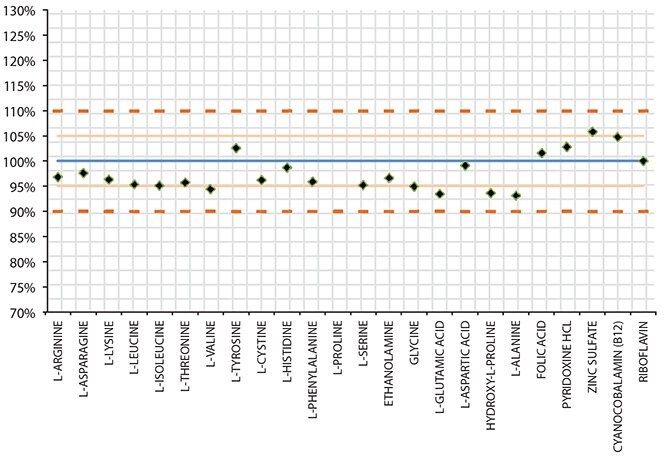
Figure 1.Media Components Lenexa (% Recovery of Theoretical Formulation)
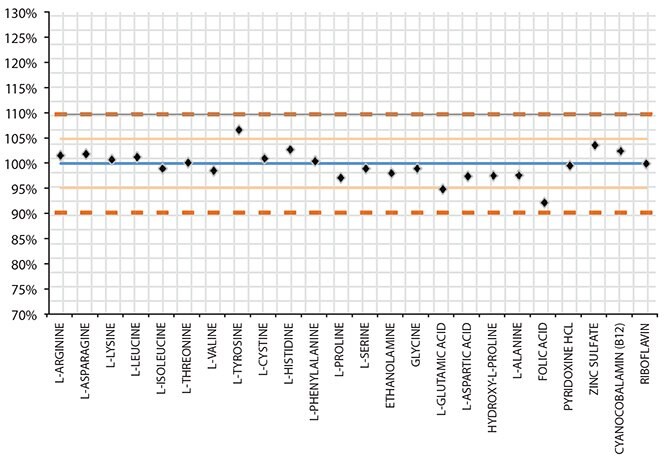
Figure 2.Media Components Irvine (% Recovery of Theoretical Formulation)
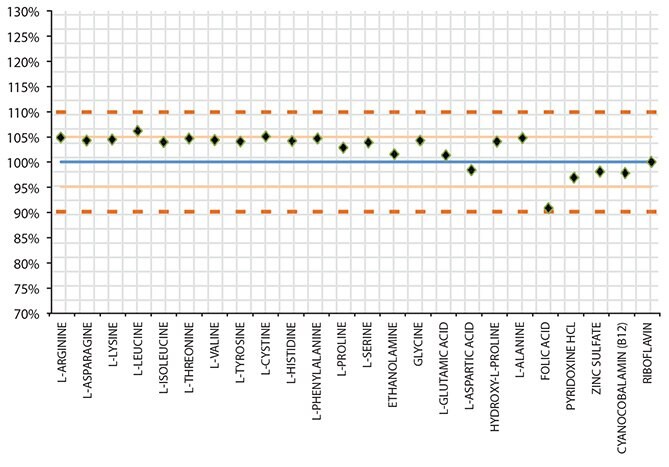
Figure 3.Irvine to Lenexa Site Comparision % Recovery (Irvine/Lenexa X 100)
The homogeneity of both final product lots was assessed by sampling and testing a number of samples from each batch. The percent Relative Standard Deviation (% RSD) of the component recoveries from the individual samples versus the collective mean was determined. Homogeneity is indicated by a <10% RSD value for all components other than trace metals which is indicated by values of < 15%. Both lots manufactured were well within the homogeneity requirements.
Component Recovery – Percent Relative Standard Deviation
Physical Properties, Particle Size and Bulk Density
Each study lot was evaluated for the two physical characteristics of particle size distribution and bulk density. The particle size distribution graph represents the variety of components contained within the cell culture formulation, with the micron size on X-axis and the quantity % on the Y-axis. In addition, a regression analysis of the particle size data was performed. The R2 value represents how close the data points are to the fitted regression line. The Lenexa produced lot versus the Irvine produced lot for the fractional components show the correlation coefficient, or the fit to be nearly a >98.8% match.
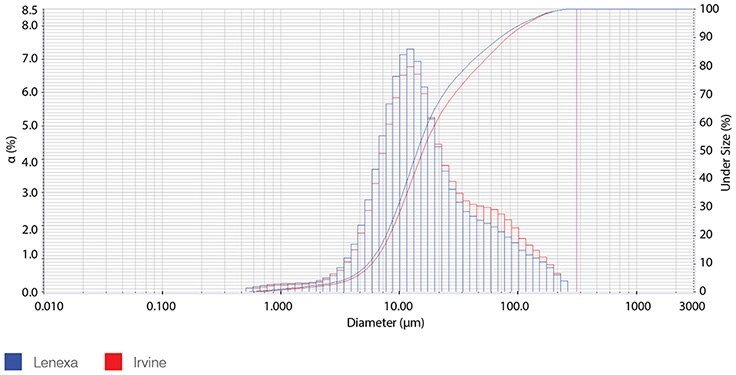
Figure 4.Particle Size Distribution
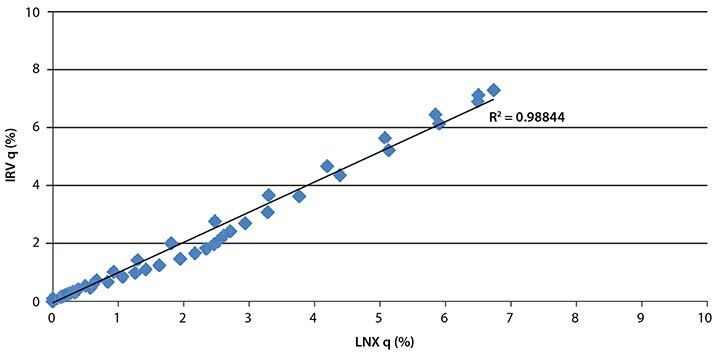
Figure 5.Regression Analysis
Product Performance
Bulk density measurements are used to determine the volume a given cell culture formulation physically occupies. The nearly identical bulk density values demonstrate the two lots of product are physically comparable and will display similar material handling characteristics.
In addition to the standard QC assay for cell culture, two separate clones selected for optimal performance in the media formulation, were measured in a fed-batch system. Feed and conditions were kept constant. Cell performance was measured by monitoring viable cell density (VCD) across a number of culture days, and by protein production (IgG mg/L). The peak VCD is also listed and compared.
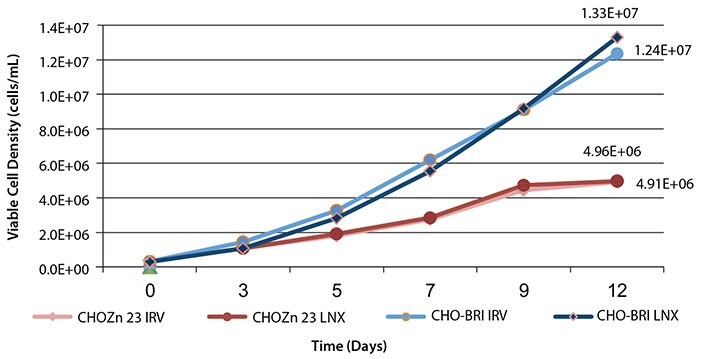
Figure 6.Fed-Batch Growth Curves Irvine & Lenexa Media Lots
The growth curves from the Irvine and Lenexa media lots are nearly identical for both cell lines. There was no notable difference in terms of VCD as graphed across the number of days and each culture reached comparable peak densities.
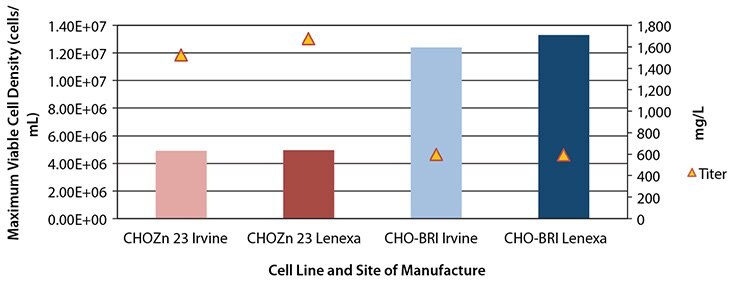
Figure 7.Fed-Batch Max VCD and IgG Productivity Irvine & Lenexa Media Lots
The growth patterns, peak cell densities, and production of IgG for both the Irvine and Lenexa lots are comparable in the conditions tested. The titer and peak density are within the 17% comparability range. This range was set based on expected values for reproducibility within biological assays. The values obtained within the study were much tighter indicating close comparability.
Comparability Study Summary/Conclusion
The quality of dry powder media is fundamentally a function of three elements (1 – raw materials, 2 – manufacturing processes/ equipment, 3 – environmental conditions). This study specifically examined the impact of the manufacturing process/equipment on media product through a series of common measures for physical and performance characteristics.
Site-to-site manufacturing comparability was established by demonstrating product equivalency between cell culture media lots made at the Irvine, Scotland site as compared to the Lenexa, Kansas site. The following summarizes the overall study results of the combination of physical attributes and performance characteristics measured.
% Component Recovery
- Recovery of measured components + 10% of theoretical formulation for both Irvine & Lenexa lots
- Recovery of components for Irvine lot as compared to Lenexa lot + 5% (22/24) and + 10% (24/24)
- Homogeneity demonstrated for both the Irvine and Lenexa lot on all components analyzed
Particle Size Analysis and Distribution
- R2 correlation value of 0.9884 when comparing Irvine and Lenexa lots.
- Particle size distribution graphs of particle size for Irvine and Lenexa lots overlay nearly identical
Final Product Bulk Density
- Irvine and Lenexa manufacturing reproducibility demonstrated with equivalent bulk density values
Final Product Testing
- Irvine and Lenexa lots meet all finish product test specifications with similar or identical results
Cell Culture Performance
- Peak viable cell density <10% variable for Irvine lot as compared to the Lenexa Lot with two cell lines
- Cell growth curves nearly identical for the Irvine and Lenexa lots across 2 cell lines
- CHOZN-Clone 23 productivity 9.2% variable for Irvine lot as compared to the Lenexa lot
- CHO-BRI Clone 2B productivity 0.8% variable for Irvine lot as compared to the Lenexa lot
Summary
Both media lots compared favorably to the theoretical formulation with resulting composition of the Irvine site media lot demonstrating comparability to the media lot produced at the Lenexa site. Particle size distribution overlays and measured bulk density values are nearly identical between the Irvine and Lenexa lots indicating further comparability in between site manufacturing processes. Assay results for finish product testing (including cell growth and productivity) for each media lot yielded nearly identical results providing important confirmation of comparability during product use.
Conclusion
SAFC has successfully demonstrated site-to-site comparability within its own dry powder media manufacture in effort to assure supply for clinical and commercial materials in a growing market. For current customers this true redundancy in manufacturing of a critical material like media offers further diversification of supply risk within their current sourcing strategies and new customers the opportunity to enjoy qualification efficiencies with one supplier-two sites.
如要继续阅读,请登录或创建帐户。
暂无帐户?